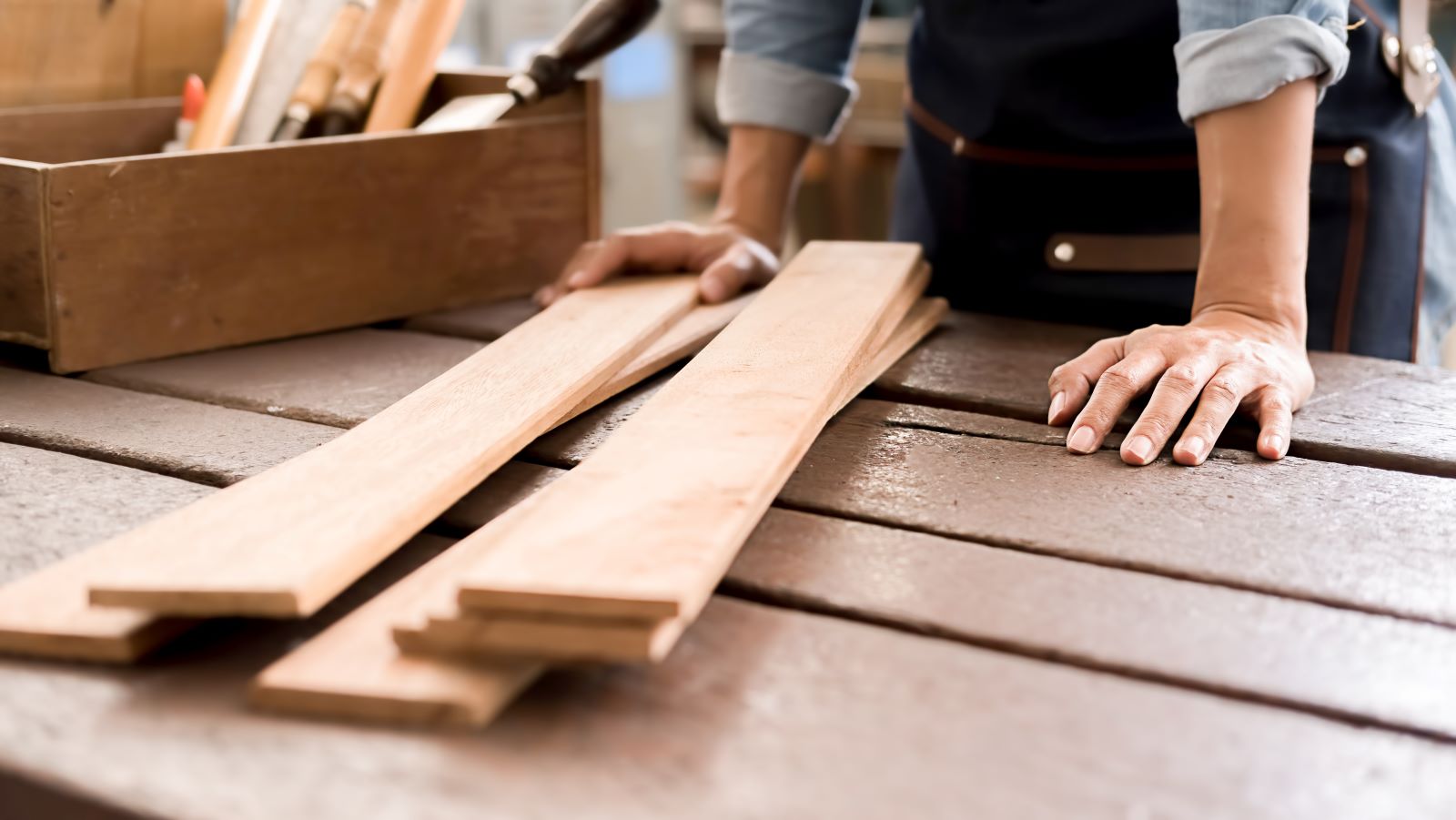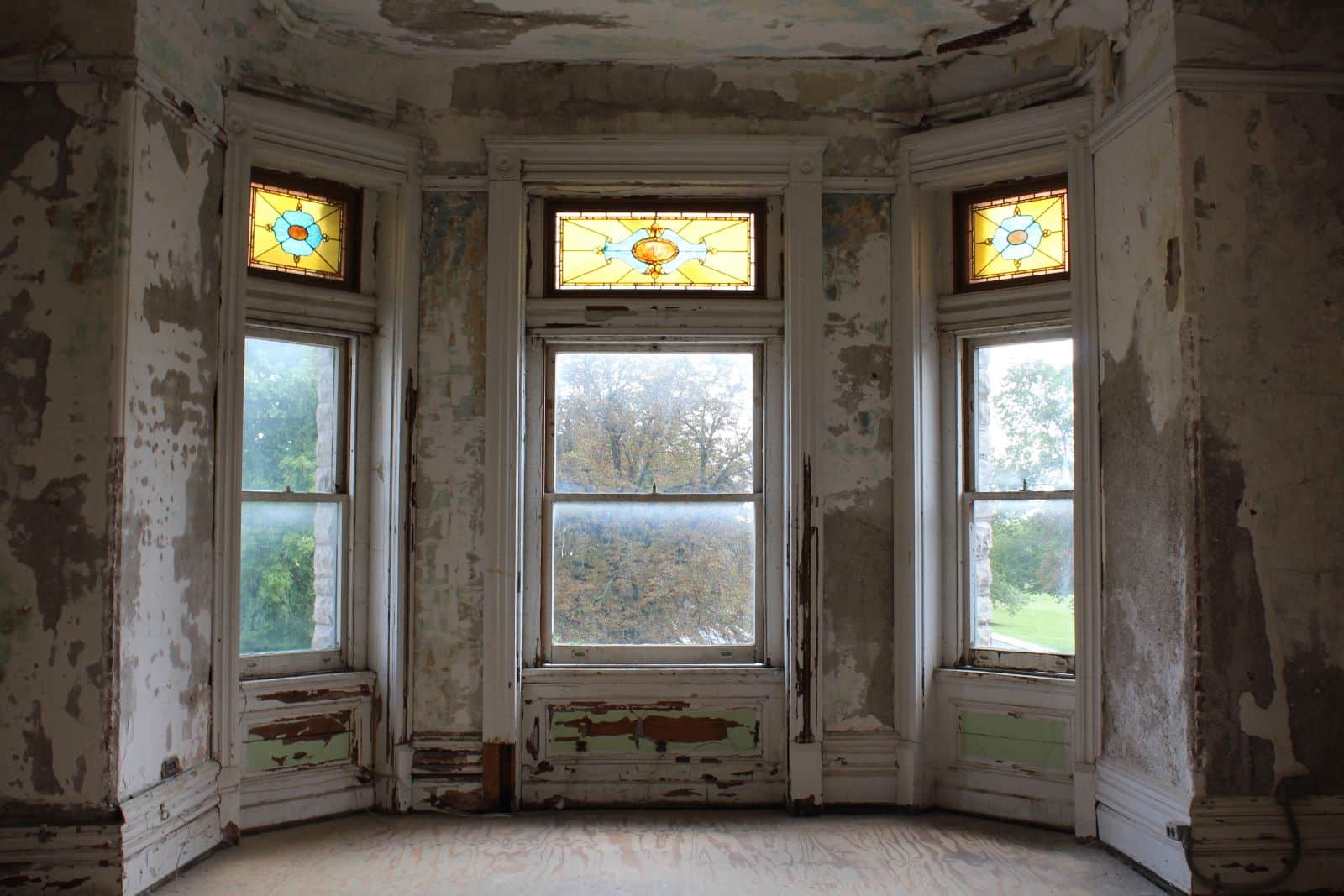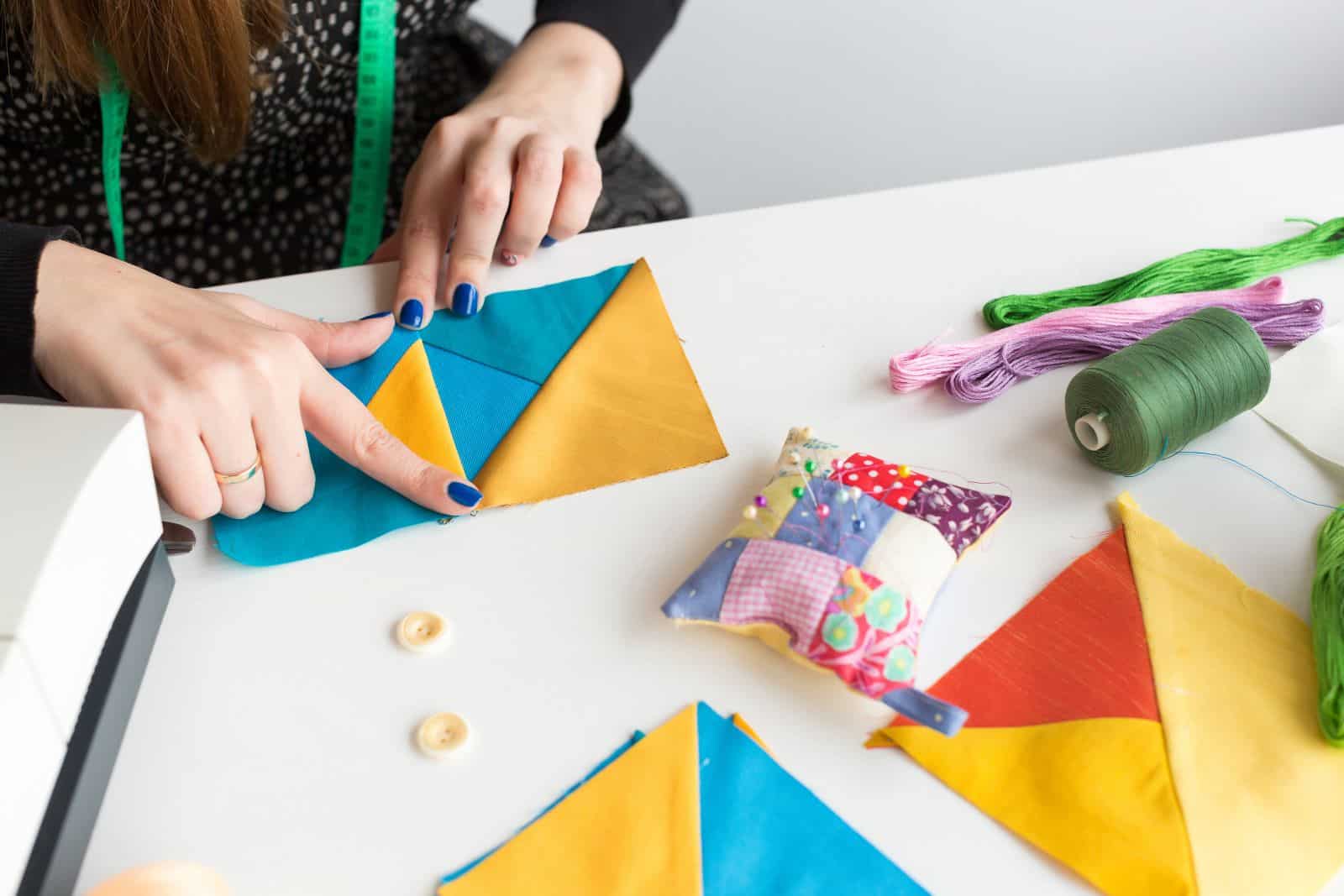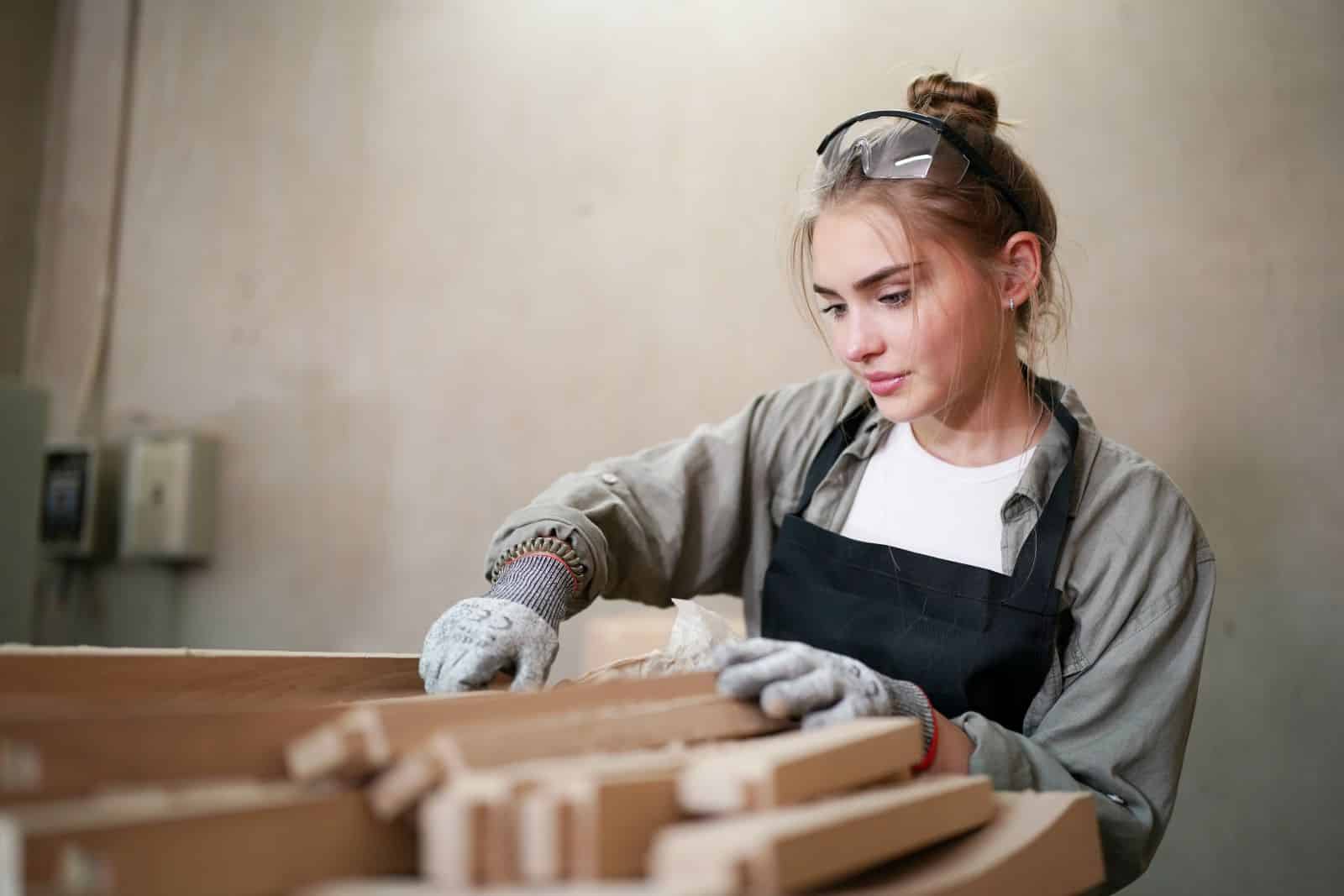Looking to furnish your home in a unique and sustainable way? Using recycled materials not only helps the environment but also adds character and charm to your living space. Here are 22 recycled materials you can use to create eco-friendly home furnishings.
1. Reclaimed Wood

Image Credit: Shutterstock / MIND AND I
Use reclaimed wood from old buildings, barns, or furniture for everything from flooring to handmade furniture pieces. This not only saves trees but also adds a rustic charm to your decor.
2. Recycled Glass

Image Credit: Shutterstock / Tikhonova_Marina
Recycled glass can be transformed into beautiful countertops, backsplashes, and decorative items. It brings a unique sparkle and character to any room.
3. Repurposed Metal

Image Credit: Shutterstock / QinJin
Old pipes, sheets, and wires can be welded into stylish furniture, light fixtures, and artistic decor. This helps reduce metal waste while adding an industrial touch to your home.
4. Salvaged Doors

Image Credit: Shutterstock / Pixavril
Use salvaged doors to create tables, headboards, or even as statement pieces on a wall. They offer a vintage look that’s hard to replicate with new materials.
5. Retired Sails

Image Credit: Shutterstock / A. Blanke
Fabric from old sails can be repurposed into durable, stylish curtains, cushions, or even hammocks. These materials are strong and add a nautical feel to your space.
6. Old Windows

Image Credit: Shutterstock / Natalie Shane
Use old windows as picture frames, room dividers, or greenhouses in your garden. They provide a charming, vintage aesthetic while being functional.
7. Newspaper Wood

Image Credit: Shutterstock / Mitrija
Newspaper wood, made by compressing recycled newspapers, can be used for furniture and decorative items. It’s an innovative way to repurpose paper waste into something durable and stylish.
8. Recycled Plastic

Image Credit: Shutterstock / Stokkete
Recycled plastic is often turned into chairs, tables, and other durable outdoor furnishings. This keeps plastic out of landfills and oceans, contributing to a cleaner environment.
9. Vintage Fabrics

Image Credit: Shutterstock / Uplight pictures
Vintage fabrics can be reused to create curtains, upholstery, or decorative pillows. These fabrics bring unique patterns and textures that are rarely found in new materials.
10. Cork

Image Credit: Shutterstock / Pack-Shot
Recycled cork can be made into flooring, wall coverings, and pin boards. It’s a sustainable and renewable resource that adds warmth and texture to your home.
11. Bicycle Parts

Image Credit: Shutterstock / Checco2
Parts from old bicycles can be turned into furniture like tables and chairs, or used as unique decorative elements.
12. Recycled Paper

Image Credit: Shutterstock / elabracho
Compressed and treated recycled paper makes a strong, versatile material for countertops and tables.
13. Old Tires

Image Credit: Shutterstock / Eeli Purola
Repurpose old tires into outdoor furniture, flower pots, or playful swings for children.
14. Reused Bricks

Image Credit: Shutterstock / stockelements
Salvaged bricks from renovations or demolitions can be used for patios, walkways, or as a rustic backsplash.
15. Seat Belts

Image Credit: Shutterstock / Nataliia Orletska
Old seat belts are durable and stylish when used for chair seats, couches, or as a woven rug.
16. Discarded Books

Image Credit: Shutterstock / Cozine
Stacked or bonded books can form unique table bases or shelves.
17. Reclaimed Tiles

Image Credit: Shutterstock / Monkey Business Images
Reclaimed tiles can bring colorful patterns to your floors, walls, or as part of a mosaic.
18. Skateboards

Image Credit: Shutterstock / Thomas Mucha
Old skateboards can be converted into quirky benches, shelves, or other small furniture pieces.
19. Barrels

Image Credit: Shutterstock / bzzup
Wooden or metal barrels can be transformed into tables, planters, or rustic chairs.
20. Car Parts

Image Credit: Shutterstock / UfaBizPhoto
Seats from old cars can become unique office chairs, and car hoods can be turned into artistic coffee tables.
21. Recycled Denim

Image Credit: Shutterstock / melnikof
Denim insulation or repurposed denim fabric can be used for thermal insulation or as quirky, textured upholstery.
22. Shipping Pallets

Image Credit: Shutterstock / Rawpixels stock
Shipping pallets are extremely versatile and can be used to create everything from bed frames to shelving units.
Get Creative

Image Credit: Shutterstock / wee dezign
By choosing to furnish your home with recycled materials, you not only create a unique aesthetic but also contribute to a more sustainable world. Each piece tells a story and adds a layer of depth and history to your home’s decor. Ready to start your eco-friendly home project?
The post 22 Recycled Items That Can Transform Your Home Decor first appeared on EcoHugo.
Featured Image Credit: Shutterstock / Prostock-studio.
The content of this article is for informational purposes only and does not constitute or replace professional financial advice.
For transparency, this content was partly developed with AI assistance and carefully curated by an experienced editor to be informative and ensure accuracy.


